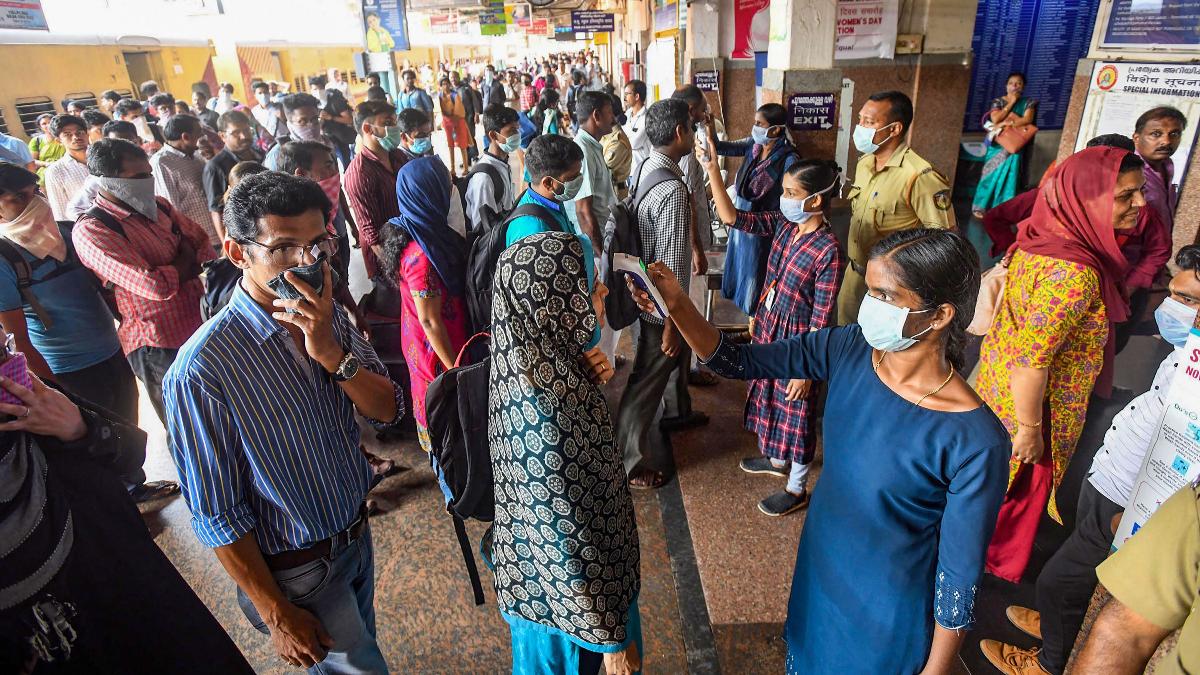
COVID-19: What are clusters and how do they spread the virus rapidly

In what came as a move to aggravate the spread of COVID-19 among the people in India, around 130 persons who had attended a religious congregation at Nizamuddin West area of Delhi in March tested positive for the disease.
The number of cases went up drastically in a few other coronavirus-affected nations after health workers discovered a group of people who had got infected at one place and mostly at the same time. Such groups are called “clusters”.
Related News: 128 COVID-19 cases across country from Nizamuddin event
Clusters are formed when a person, who had happened to be the primary source of the infection, spreads it to others. This can include relatives, acquaintances, strangers, and co-passengers. Earlier this week, India found one such cluster in the religious event held in Nizamuddin, Delhi.
The cluster came to light a few days ago. As of 9.45 p.m. on Tuesday (March 31), about 130 cases have originated from this cluster. Meanwhile, other attendees of the event in Nizamuddin are being tested.
Here is a list of cases in various states linked to the Nizamuddin cluster:
Tamil Nadu: 72 cases
Delhi: 24 cases
Andhra Pradesh: 15 cases
Andaman and Nicobar Islands: 10 cases
Telangana: 6 cases
Gujarat: 1 case
Jammu and Kashmir: 1 case
Karnataka: 1 case
Maharashtra: 1 case
However, according to the Ministry of Home Affairs, there were at least 1,746 attendees at the Nizamuddin religious event.
Besides that, here is a list of other clusters that resulted in the spread of COVID-19:
Cluster 2: Three infected people who came from Germany triggered a cluster in Punjab that resulted in the origination of 26 new cases.
Cluster 3: Family returning to Sangli, Maharashtra from Saudi Arabia spread COVID-19 to 25 more people.
Cluster 4: Bhilwara hospital staff in Rajasthan (23 cases)
Cluster 5: Italian tourists in Rajasthan (17 cases)
Cluster 6: Indonesian tourists in Telangana (11 cases)
Cluster 7: Passengers who returned to Kerala from Italy (11 cases)
Cluster 8: Family returning to Pune from Dubai (10 cases)
Cluster 9: Mecca returnees in Karnataka (8 cases)
Cluster 10: U K tourists in Kerala (7 cases)
Cluster 11: Dilshad Garden in Delhi (9 cases)
Cluster 12: Returnee to Punjab from U.K. (6 cases)
Cluster 13: Returnee to Gujarat from Dubai (6 cases)
Cluster 14: Returnee to Delhi from Italy (8 cases)
Cluster 15: Returnee to Kerala from Dubai (5 cases)
Cluster 16: Returnee to Kerala from Italy (3 cases)
Kerala (4 clusters) and Maharashtra (3 clusters) — the two states with the most number of cases in India — are linked to more than one cluster.
(With inputs from The Hindu)


